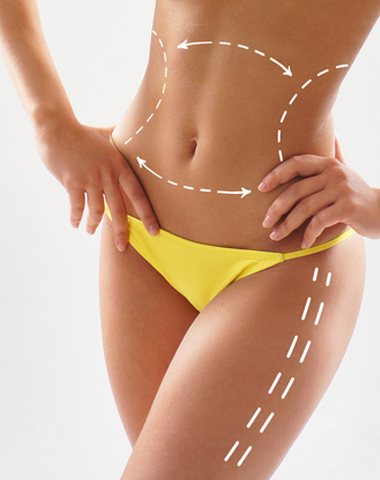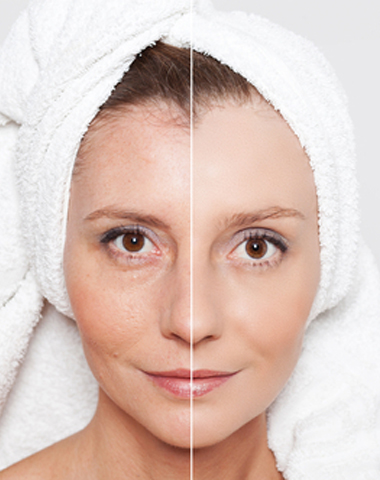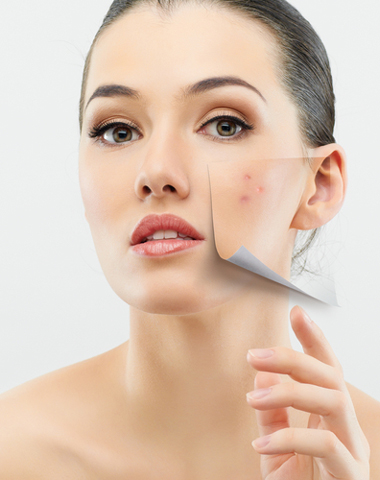Dermatologists frequently look to advanced technology to revolutionize skin care. One of the leading developments that is expanding and yielding noteworthy results is ThermiRF. Approved by the Food and Drug Administration in 2013, 20ThermiRF is a radioactive frequency that implements a cannula “to target the dermal and subdermal planes and enables more precise dual monitoring of the external and internal tissue temperature” (Pritzker and Robinson) to tighten the skin and reduce wrinkles. Typically, there are five procedures; namely, Thermitight, Thermismooth, ThermiRase, ThermiVA, and ThermiDry. Each treatment has their respective differences. While ThermiRF is popular for its minimal downtime, insignificant discomfort, and minimal risk of injury and results, it is the procedure itself that intrigues clients.
the Food and Drug Administration in 2013, 20ThermiRF is a radioactive frequency that implements a cannula “to target the dermal and subdermal planes and enables more precise dual monitoring of the external and internal tissue temperature” (Pritzker and Robinson) to tighten the skin and reduce wrinkles. Typically, there are five procedures; namely, Thermitight, Thermismooth, ThermiRase, ThermiVA, and ThermiDry. Each treatment has their respective differences. While ThermiRF is popular for its minimal downtime, insignificant discomfort, and minimal risk of injury and results, it is the procedure itself that intrigues clients.
How does it work?
In a 2014 article regarding noninvasive & minimally invasive skin tightening methods published by medical doctors, Rachel Pritzker and Deanne Robinson, doctors take a closer look at, and break down, the procedural aspect of ThermiRF. Notwithstanding all medical background checks and initial consultations with a dermatologist, ThermiRF is initiated with markings on the treatment zone. Secondly, a preheated tumescent solution is inserted at “small entrance sites at the apex of each treatment zone.” Depending on the surface area, approximately 60cc to 80cc of solution is utilized for the neck, a lower volume than the amount typically required in traditional tumescent liposuction. A treatment probe about 10 cm long, with a pre-determined temperature, is cautiously applied to the treatment zone “until distribution of the desired heat is visible on the real-time image displayed from the FLIR camera”. Treatment time for each respective zone ranges between 4 and 6 minutes. Although results vary from patient to patient, treatment is, on average, visible in 1 to 3 weeks. Doctors emphasize that a crucial part of the procedure is maintaining temperature. Collagen tightening denaturation requires a threshold temperature of 60 degrees Celsius. As a result, doctors monitor the FLIR camera to ensure that skin temperature is below 42 degrees Celsius.
The procedure is more simplistic than it may appear. Individuals continue to rely on ThermiRF because the results are rewarding. For more information on obtaining ThermiRF treatment, call our office and book your consultation.


















